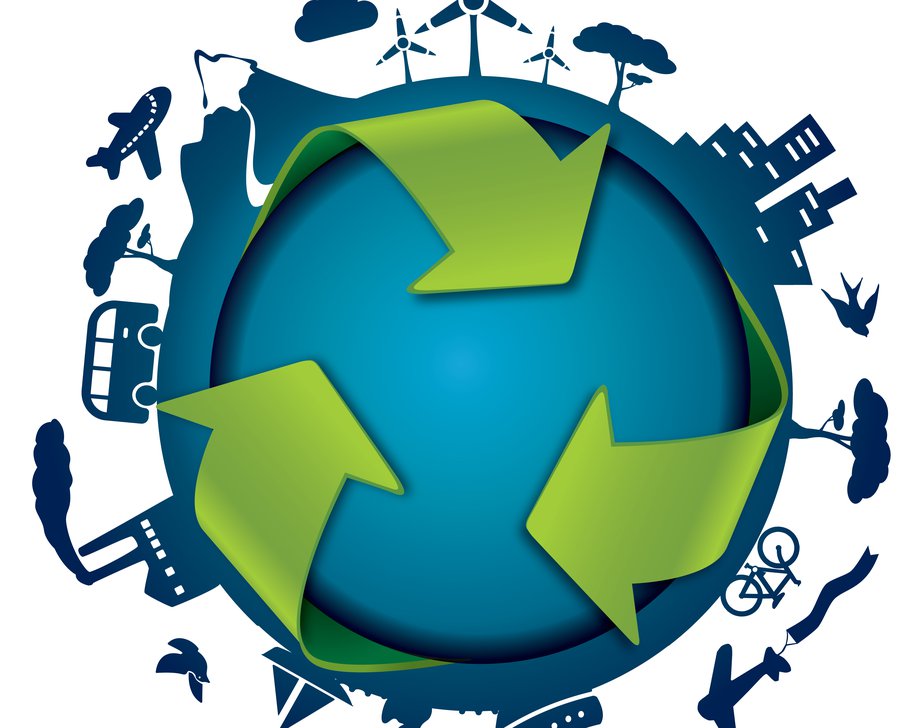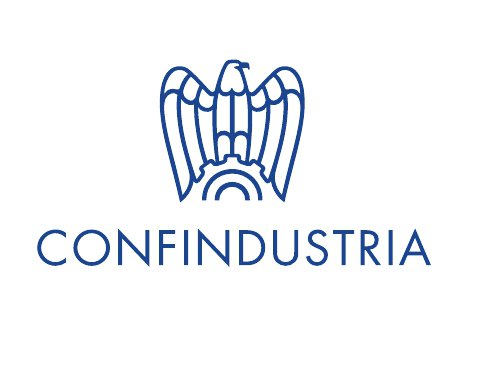“Supplier of Sustainable Technologies”: ASSOMAC study on Sustainability.
In a world where resource consumption is increasingly unsustainable, the circular economy is a strategic investment. Together, the global clothing and footwear industry accounts for about 8% of the world's greenhouse gas emissions. In this context, given 100 value to the emissions of the sector throughout its value chain, clothing produces 83% of it, while footwear 17%.
On average, every citizen of the world consumes 11.4 kg of clothing per year. This produces per capita CO2 emissions of 442 kg, about the same amount emitted while driving a car for over 2,400 km.
The circular economy was born from the need to overcome the linear system, which is based on three pillars: preserving natural capital using as much renewable resources as possible, optimizing the use of resources, and minimizing negative externalities. In addition to the environmental benefits, there are two foreseeable effects: on the one hand, the creation of new jobs thanks to the development of the recycling and services industry, which are more labor intensive than the extraction and production of raw materials; on the other, a change in the composition of trade with a reduction in the export of raw materials, and a greater development of services.
For Europe, the circular economy is therefore a huge opportunity. First, because it allows to reduce the import of raw materials, secondly, because the circular economy can create 700 thousand additional jobs, with greater benefits for services, utilities, waste management and the recovery of materials and components.



